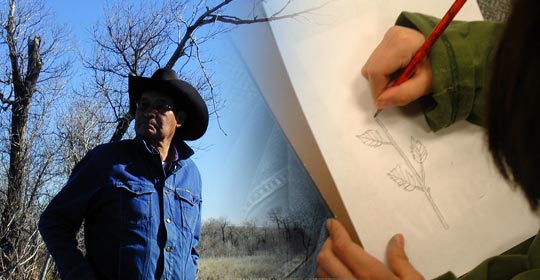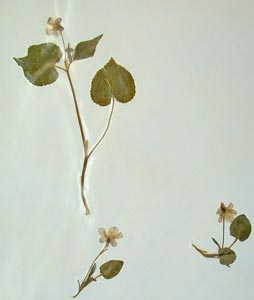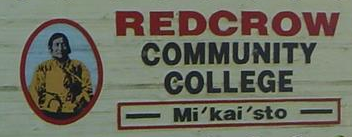Komono – Viola adunca (Red Mouth, Pink Mouth, Blue Mouth)

Pete Standing Alone looks out into the horizon.
Noah is doing a drawing of the Hookedspur Violet.
Komono
Komonoiitaohkooni’p otsitotsikahkohpi ki otsitoyikaiaitsipi. Omistsi pisatsaisskiistsi iikssokssaamia’tsisaa. Niipistsi ihtaiksistsikimisstao’piaw ki iitohtaisokinayaw pookaiksi aisiitamiiyoohtohkohsiiksi. Aapiksssiistsi ki aittsiistsi ihtaotoitsikato’piaw. Kitommahkitapiiminnooniksi ihtao’kspanohkio’tsimiaw apssiistsi.
Hookedspur Violet

Viola adunca
Galileo Educational Network
*WARNING: Violet leaves may be poisonous if a lot is ingested. Roots may cause vomiting!
The Hookedspur Violet has 5 small(1.5 cm), hairy petals of bluish purple arranged three on the top and two on the bottom, the same way pansies are, with heart-shaped leaves at the base that are 4-6 cm wide. They like shady areas and moisture, so you may find them growing along the edges of aspen poplar groves, sloughs and bogs.
This pretty little flower has a good medicine. The leaves and roots can be made into a tea for children who have breathing problems like asthma. The same tea could be put on sore and swollen joints to take the ache away. Our elders also used the tea to dye arrows blue.
Violette à éperon crochu

Viola adunca
Gary A. Monroe @ USDA-NRCS PLANTS Database
*AVERTISSEMENT : Les feuilles de la violette peuvent être toxiques si elles sont ingérées en trop grande quantité. Ses racines peuvent aussi entraîner des vomissements!
La violette à éperon crochu a cinq petits pétales velus (1,5 centimètre) de couleur violette bleutée, dont trois se trouvent au-dessus et deux en dessous, un peu comme les pensées. Ses feuilles sont en forme de coeur à la base. Elles mesurent de 4 à 6 centimètres de large. La violette à éperon crochu aime les endroits ombragés et l’humidité, ce qui fait qu’elle pousse en lisière des bosquets de peupliers trembles, dans les marécages et dans les tourbières.
- Hellson, John C. (1974). Ethnobotany of the Blackfoot Indians. Ottawa: National Museums of Canada.
- Kerik, Joan. (1979). Living With The Land: Use of Plants by the Native People Of Alberta. Edmonton, Alberta: Provincial Museum of Alberta.
- Monroe, G.A. Peterson, J.S. (2005).The PLANTS Database (http://plants.usda.gov). National Plant Data Center, Baton Rouge, LA 70874-4490 USA. Retrieved Feburary 19, 2005 http://plants.usda.gov
- Moerman, Daniel E. (1998). Native American Ethnobotany. Portland: Timber Press.
- Tilford, Gregory. (1997). Edible and Medicinal Plants Of The West. Missoula, Montana: Mountain Press Publishing Company.
- Vance, F.R., Jowsley, J.R. & Mclean, J.S. (1984). Wildflowers Across The Prairies. Saskatoon, Saskatchewan: Western Producer Prairie Books.
- Willard, Terry. (1992). Edible and Medicinal Plants of the Rocky Mountains and Neighboring Territories. Calgary, Alberta: Wildrose College of Natural Healing.





